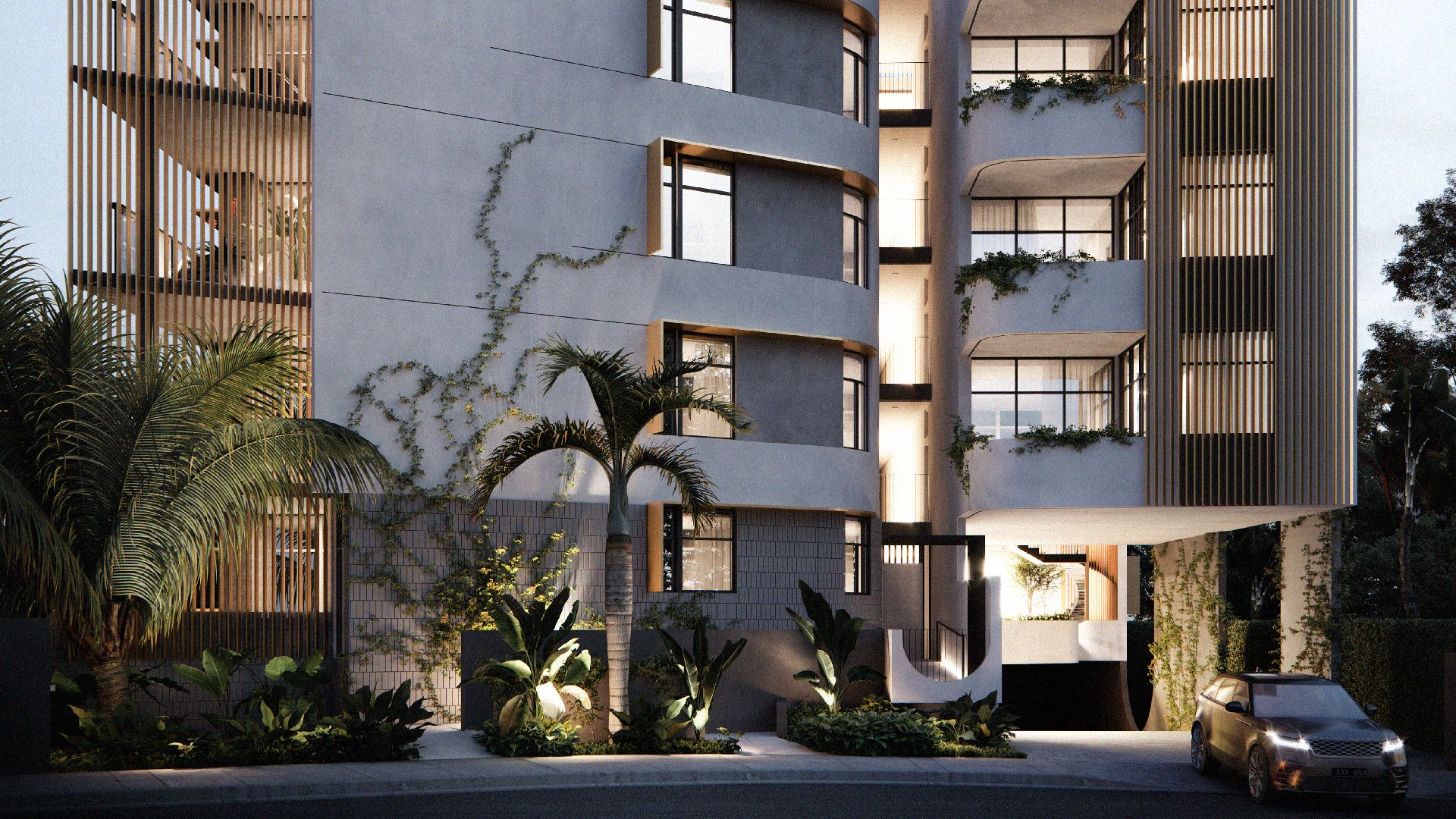

Learn the everything you need to know about hundreds of projects from throughout Australia. We’ve got the insider information to ensure that you choose the apartment, townhouse or house and land project that suits you and your lifestyle.
This is independent editorial content written by a PropertyMash Journalist. While we try to ensure all information is as accurate as possible, please double check with the developer or real estate agent directly before making a purchasing decision. The information contained within this article may be incorrect or out of date.
Countless owners and developers across Australia may soon be hit with heavy fines if they fail to ensure buildings are not constructed using flammable cladding material.
New legislation will come into effect across each state within the next month, banning materials that have been heavily used in building cladding. This comes as a consequence of the Grenfell tower fire in London last year, where 72 people were killed. The fire that broke out in a kitchen spread rapidly as a result of flammable cladding, containing polyethylene.
An investigation into the disaster conducted in June 2018 concluded that the material of the cladding was a major contributor in the severity and spread of the blaze. As a result, Australian states have begun putting in place regulations in an attempt to prevent a similar tragedy ever occurring. The specific cladding under investigation is aluminium composite panelling (ACP) with a polyethylene core. Polyethylene-based cladding has widespread use across Australia, as it’s available for a cheaper price than the alternative, which has a dramatically increased fire-resistance rating.

Greenfell fire disaster, London 2017. The fire was concluded to have been worsened significantly by flammable cladding.
Each state and territory across Australia is addressing the legislation differently, with restrictions put in place not only on brand new buildings but existing developments too. The bill for this is likely to be dumped on the shoulders of strata owners, who would have been oblivious to the dangers when their property was purchased.
For new properties, those which have begun construction within the last 6 months are very unlikely to have used a polyethylene-based cladding (however, it is always worth checking with the developer directly). Those built prior to six months ago could potentially have been constructed with the flammable cladding, placing a financial burden on the shoulders of owners who may not have even moved in yet.
As of September 2018, the NSW state government requires owners to register cladding types online and work towards removing the material from all buildings over two storeys high. The fines in NSW are steep, with a maximum non-compliance fine of $1.1 million dollars. For individuals, this fee is $220,000 with a further $44,000 tacked on each day the issue is not addressed. 420 buildings in NSW have been identified as ‘high-risk’, with the cladding needing rectification.
In Queensland, an audit of all government buildings concluded only three required rectification of cladding material. The government has also notified 12,000 private building owners of the new restrictions, requiring them to self-assess the buildings. For apartments and buildings that don’t rectify the flammable cladding issue, property prices are expected to drop dramatically. The overall effect of rectifying the cladding on the Australian property market is yet to be seen.
The Building and Other Legislation (Cladding) Amendment Regulation 2018 in Queensland carries a maximum fine of $21,540 for owners who do not comply with the restrictions. These regulations will be in place as of October 2018.
We would love to hear your thoughts on this project.
Have you visited this project recently, or perhaps you live nearby or bought in a neighbouring building? Tell us what you love about this project, or perhaps what you don't.